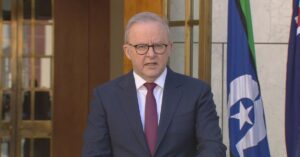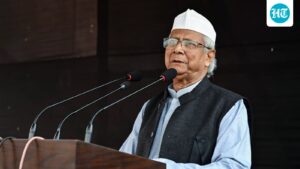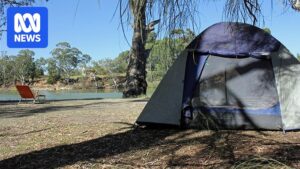
Australian telecommunications giant Telstra has announced a significant enhancement in its mobile and satellite services aimed at improving connectivity in the Riverina and Murray regions. This initiative addresses the persistent issue of mobile coverage black spots, notably affecting key areas such as Wagga Wagga and Griffith.
The Riverina region has long struggled with connectivity issues, leaving many residents, especially farmers, reliant on satellite-to-mobile internet services. Some areas remain completely without service, impacting daily communication and business operations. A 2021 submission to a government inquiry by Helen Dalton MP highlighted several black spots in Griffith, including Bringagee Road, Boorga Road, and the Benerembah area.
Telstra’s Strategic Investment
Chris Taylor, Telstra’s Regional General Manager for Southern NSW, expressed optimism that the new multi-million dollar investment would significantly enhance coverage and performance in these underserved areas. “We have a long history of investing in regional communities,” Taylor stated. “Mobile connection plays a crucial role in our lives and futures, whether in town or on the paddock, at home or on the job.”
Telstra’s investment includes over 15 new projects focused on upgrading the mobile network in locations such as Leeton, Griffith, and Wagga Wagga. Additionally, the company is constructing a new site in Lake Wyangan and exploring further opportunities to expand coverage.
“Data carried across our mobile network has more than tripled over the last five years. This investment will help us further expand our mobile coverage and increase the capacity on our 5G network,” Taylor added.
Advancements in Satellite Technology
In addition to mobile network upgrades, Telstra is expanding its Starlink satellite services, utilizing SpaceX’s internet and connection capabilities. This development is particularly promising for remote areas where traditional mobile networks are ineffective.
“While satellite-to-mobile messaging is an exciting new technology, it’s important to note that the service will initially be limited to messaging only,” Taylor explained. “This capability will enable basic texting on your phone in some of Australia’s hardest-to-reach places, providing a vital communication link in remote areas.”
Public Phones and Community Resilience
Telstra has also upgraded public phones across the nation, including seven in Riverina Murray locations, with free Wi-Fi and extended battery backup. These upgrades are part of a broader effort to ensure community resilience during extreme weather events, which are becoming increasingly frequent and unpredictable.
“If you’ve had to evacuate, a public phone might allow you to contact family and friends to let them know you are OK,” Taylor emphasized, highlighting the importance of reliable communication in emergencies.
Implications for the Future
Telstra’s initiative represents a significant step forward in addressing the digital divide in regional Australia. By enhancing both mobile and satellite services, the company aims to provide more reliable and faster connectivity, which is crucial for economic development and quality of life in these areas.
Looking ahead, the success of this initiative could serve as a model for similar efforts in other regions facing connectivity challenges. As technology continues to evolve, the integration of advanced satellite services with traditional mobile networks could redefine the landscape of rural telecommunications.
With these advancements, residents and businesses in the Riverina and Murray regions can look forward to improved communication capabilities, fostering greater connectivity and opportunities for growth.







